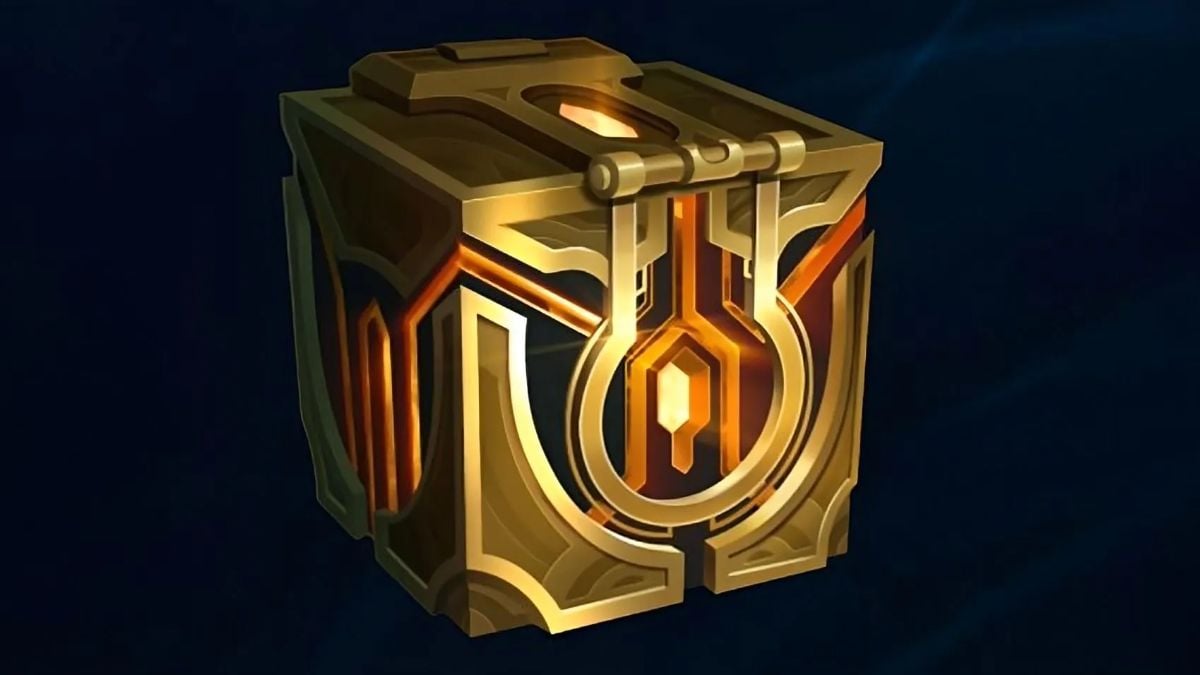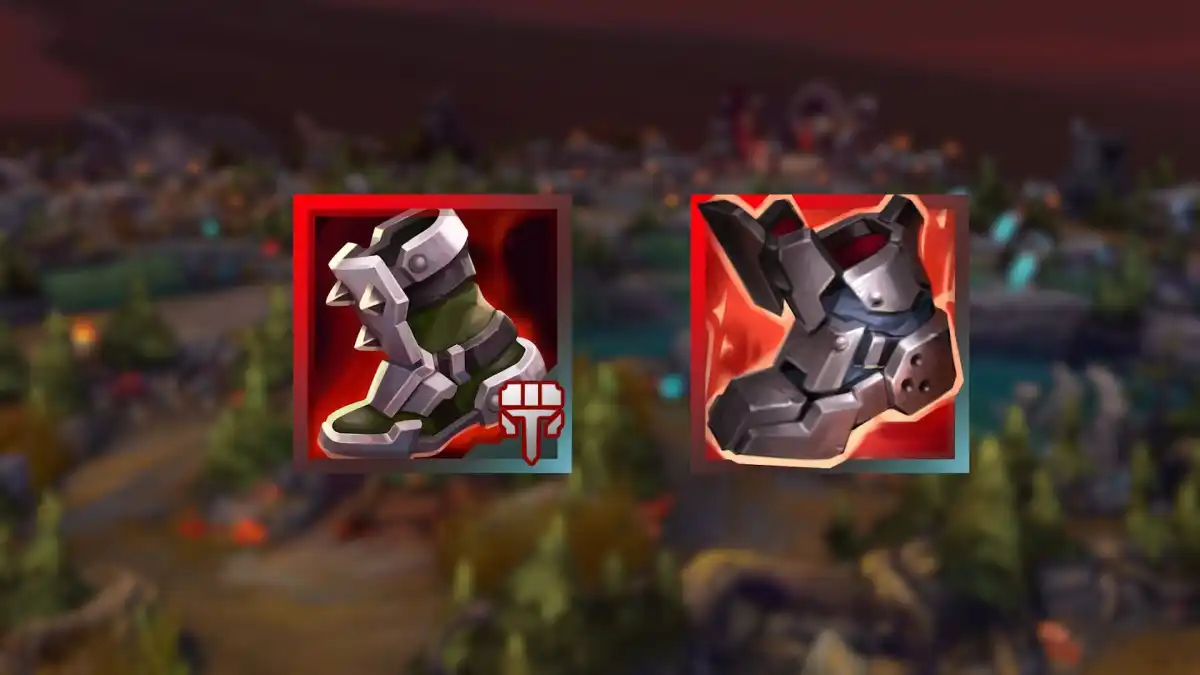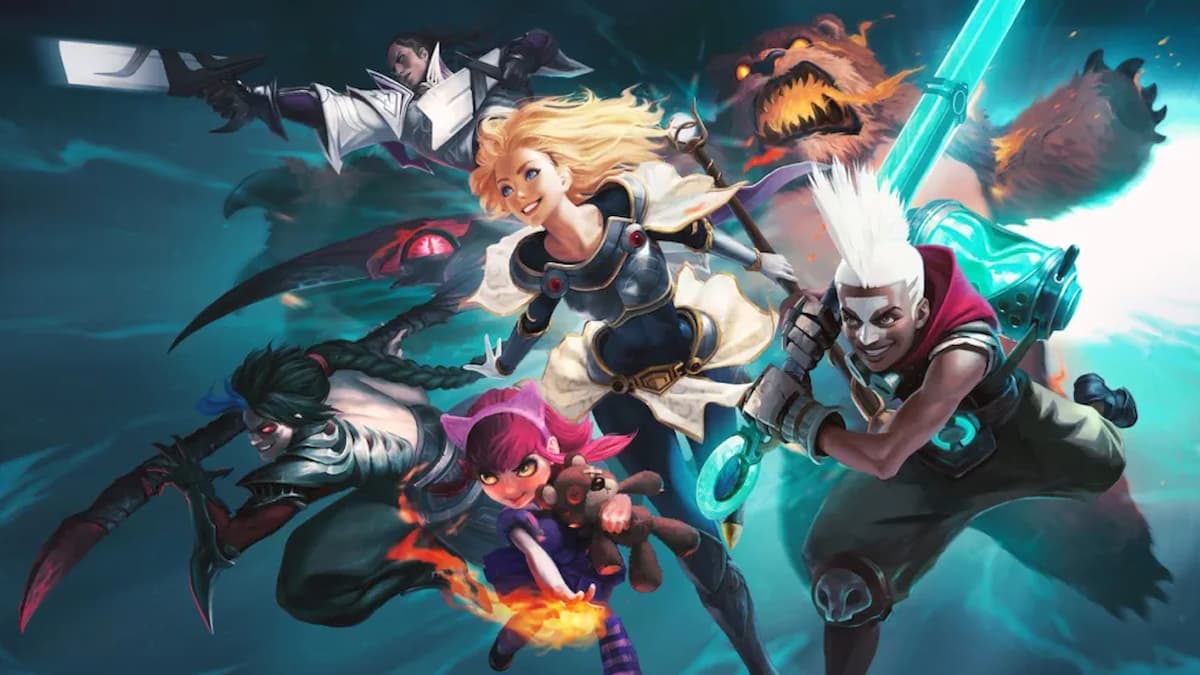The current free agency period in competitive League of Legends has been an absolute bonanza. Rosters have been turned upside down with the advent of the franchised LEC as teams fight for the best new talent.
In many cases, teams have looked to other regions to find that talent. Teams like Misfits, Team Liquid, and even OpTic have already announced the signing of big stars from Korea. But there are major pitfalls to avoid when signing imports. They’re expensive and can limit a team’s flexibility in the future because of Riot’s interregional movement policy that limits each team to two imports on the starting roster.
Related: How to build a League team from the ground up.
But teams still keep looking to import players because of how much of a difference they can make. For teams looking to make an offer to a foreign pro, here are some things to keep in mind.
Know yourself

The first thing teams have to do is have a sense of each region’s strengths and weaknesses. It makes no sense to occupy a valuable import slot when a domestic player would do the trick. Before looking elsewhere, teams need to have first made the most of their domestic players.
Over the years, several trends in player development have emerged in the various regions. Korea is known for a lot of things, but particularly its depth of laning talent. Europe is famed for its mid laners, and North America, well there’s not much, but the region has produced a couple good domestic supports.
One region not mentioned is China. That’s because LPL teams are usually buyers, not sellers, on the international market. But China also boasts the game’s largest player base. There might be unknown players grinding on the Chinese ladder that teams haven’t fully scouted.
Looking at weaknesses matters as well. North America is especially skill capped at the mid lane position. The best North American mid, Eugene “Pobelter” Park, is a solid but not spectacular player. That’s one area where competition for free agents should be fierce. And it might be a place where investing in a young import who can eventually become a resident might make sense. The person who comes to mind immediately is Nicolaj Jensen, who becomes a resident next summer. But what about Song “Mickey” Young-min, who might be out of a job now that Golden Guardians are looking at signing a veteran to replace him?
The point is, teams that are aware of regional strengths and weaknesses are best prepared to get the most out of their imports.
Fit matters

When teams arrive at the conclusion that they must bring in a new player from another region, their work has just started. The days where teams could import any random Korean player and expect to automatically get better are long over. Any additions have to make sense with the rest of the team.
That’s what makes deals like OpTic’s reaches for mid laners the past two years so concerning: In both cases, it doesn’t look like they’ve fully thought things through. We could be wrong about this year’s acquisition of Lee “Crown” Min-ho, but Crown really hasn’t been a top-tier mid in Korea for a year and doesn’t seem to offer anything especially unique despite the marked weakness of North American mids. And he’s a mid laner on the downside of his career who will likely be married with younger domestic talent. The timing and context just don’t fit.
Fit is especially important for imports who speak a foreign language. Smart teams will also look at what has worked before. And the evidence is clear: When importing players who speak a foreign language, two is better than one. And if you can get two, it helps to have them synergize both in game and out.
The most successful Korean imports have been duos who exist in similar spaces on the map. Think about Song “Rookie” Eui-jin and Kang “TheShy” Seun-kok, who just led Invictus Gaming to a world championship. Or Ki “Expect” Dae-han and Kim “Trick” Gang-yun who led G2 to an unexpected run of four-straight European titles. Perhaps the best example is Heo “Huni” Seung-hoon and Kim “Reignover” Yeu-jin from their time on Fnatic and Immortals.
Many of these players are good on their own, but when paired with another import who shares the same language and cultural background, they’ve flourished. And part of that has to do with where they play on the map. Expect and Trick, Huni and Reignover, are both are top-jungle duos. That means there’s a lot of synergy between the two players, since top-jungle is basically a duo lane—but that synergy can also extend to the rest of the team as the jungler and top lane help run the map and communicate what needs to be done with the other lanes.
It’s telling that when G2, a new team in 2016, were looking for a new top laner, they trusted the advice of Trick, who had scouted Expect. Neither player was dominant on his own, but the two worked together to outperform expectations. Without that synergy, top lane can get lonely. It already feels like it’s an island apart from the rest of the map, but having a buddy who roams up can help. Just think back to Worlds when Rookie helped TheShy get leads and turn into a splitpushing monster.
It’s this history that makes recent deals, like Liquid with Jo “CoreJJ” Yong-in and 100 Thieves with Bae “Bang” Jun-sik, so fascinating. They’ve gone against what’s worked before. The Bang acquisition is especially worrying—sure he’s a world champion, but we’ve never really seen a Korean ADC work out well with a domestic support. In fact, that very same thing has been tried with another former SKT player who won Worlds: Chae “Piglet” Gwang-jin.
Do it the right way, and you end up with what Invictus had with Rookie and TheShy leading a strong domestic core to a World Championship. But screw up, and you’ve likely cost yourself a handsome check and years of development.







Published: Nov 25, 2018 06:42 pm